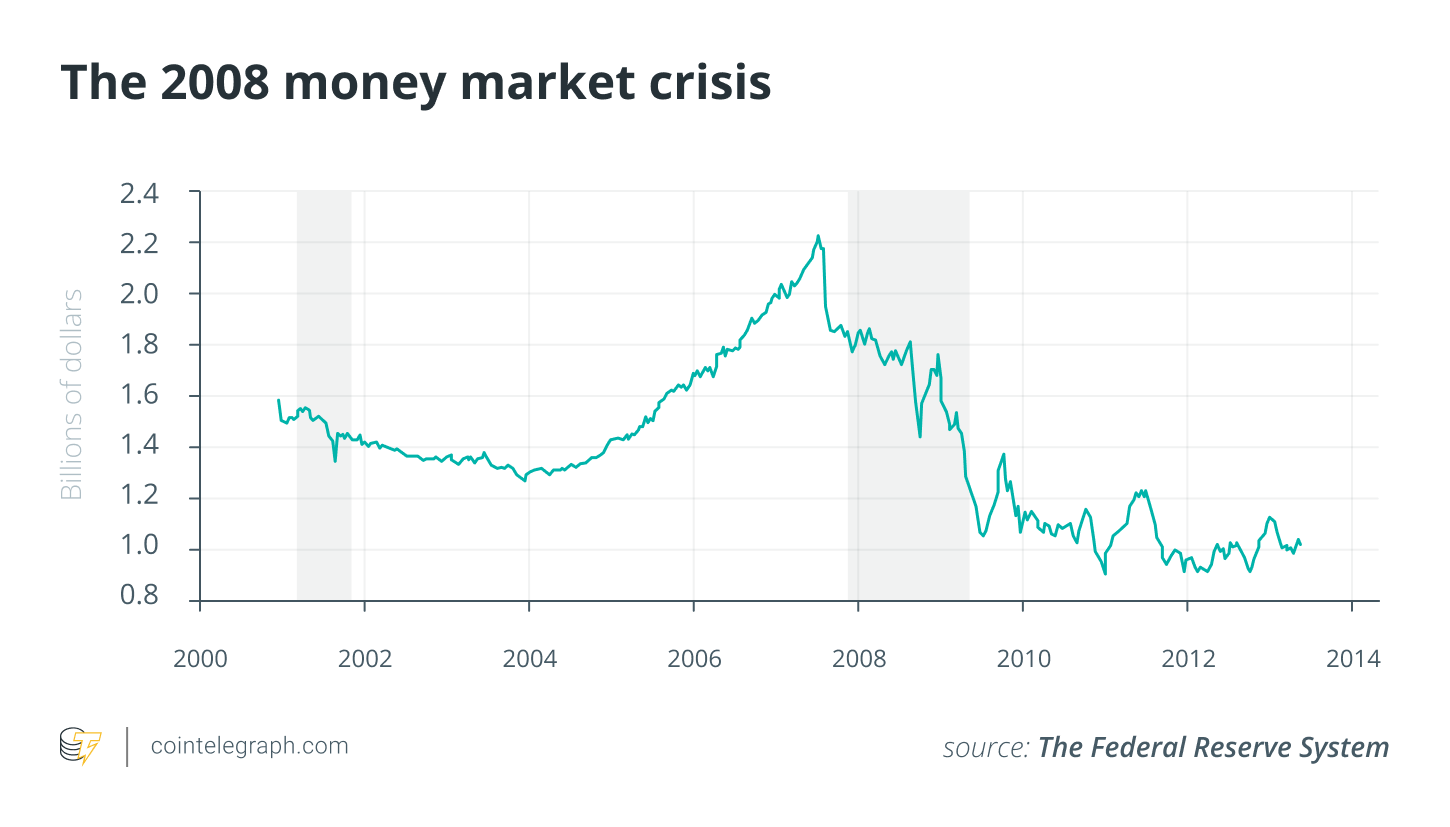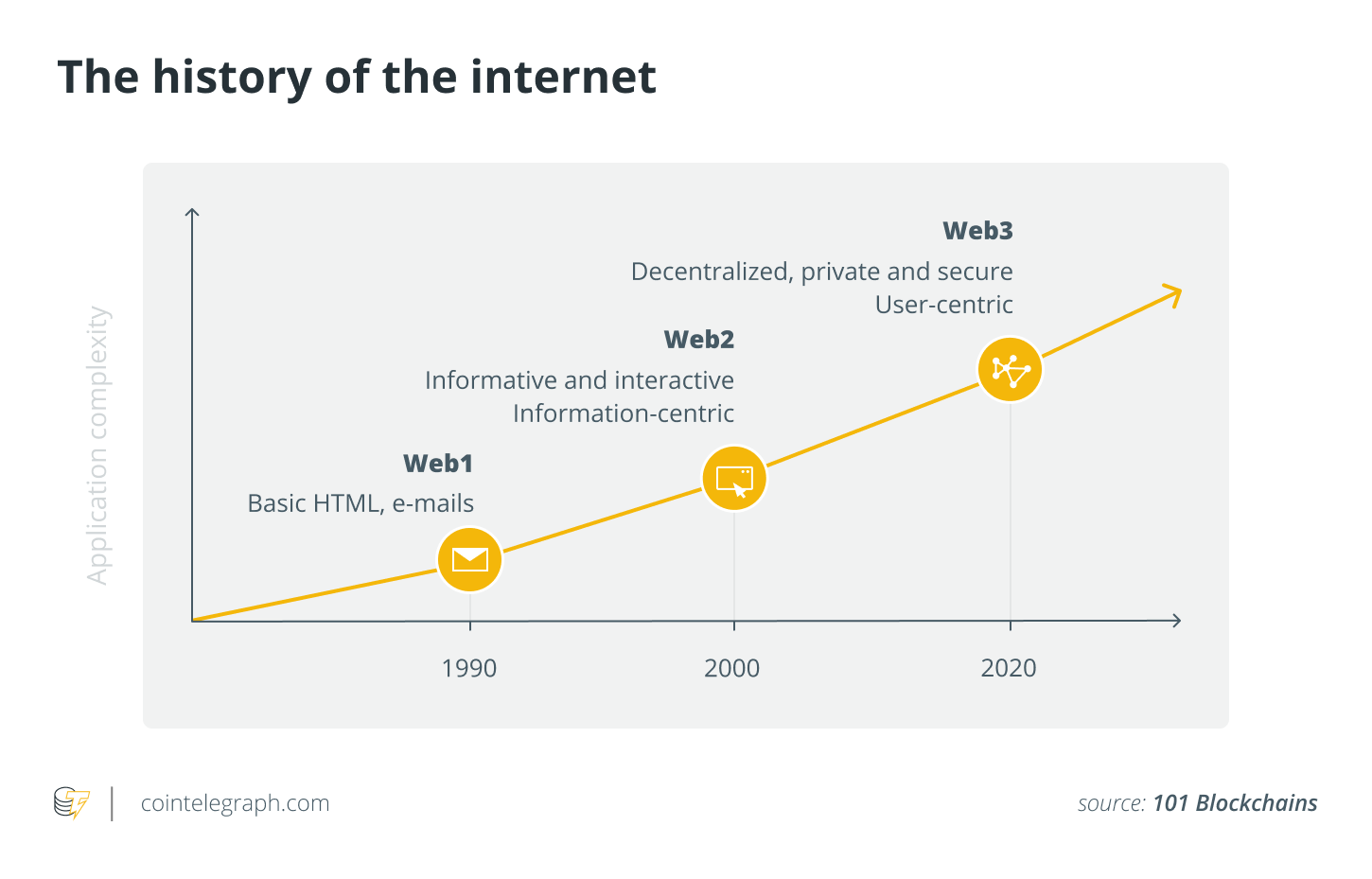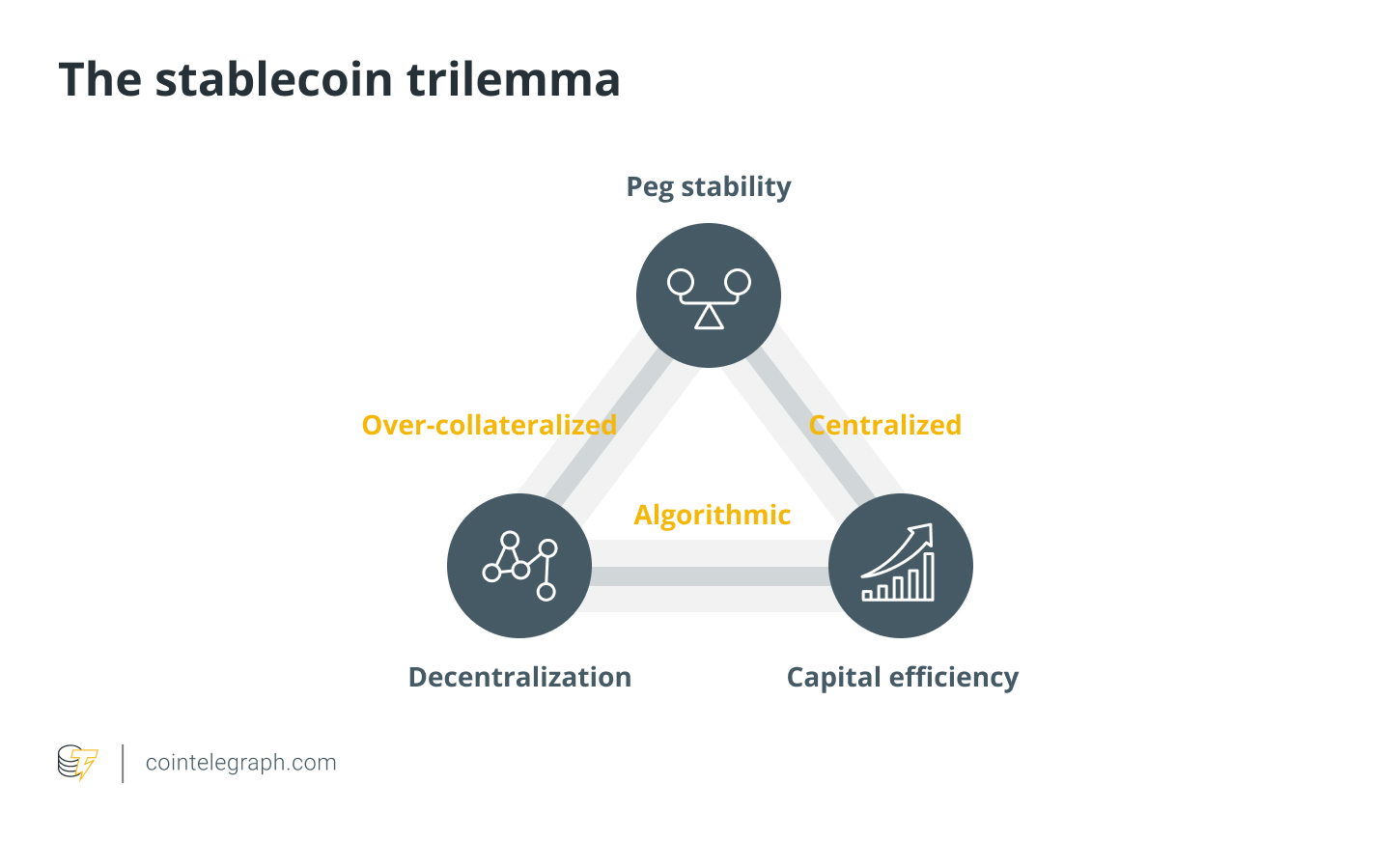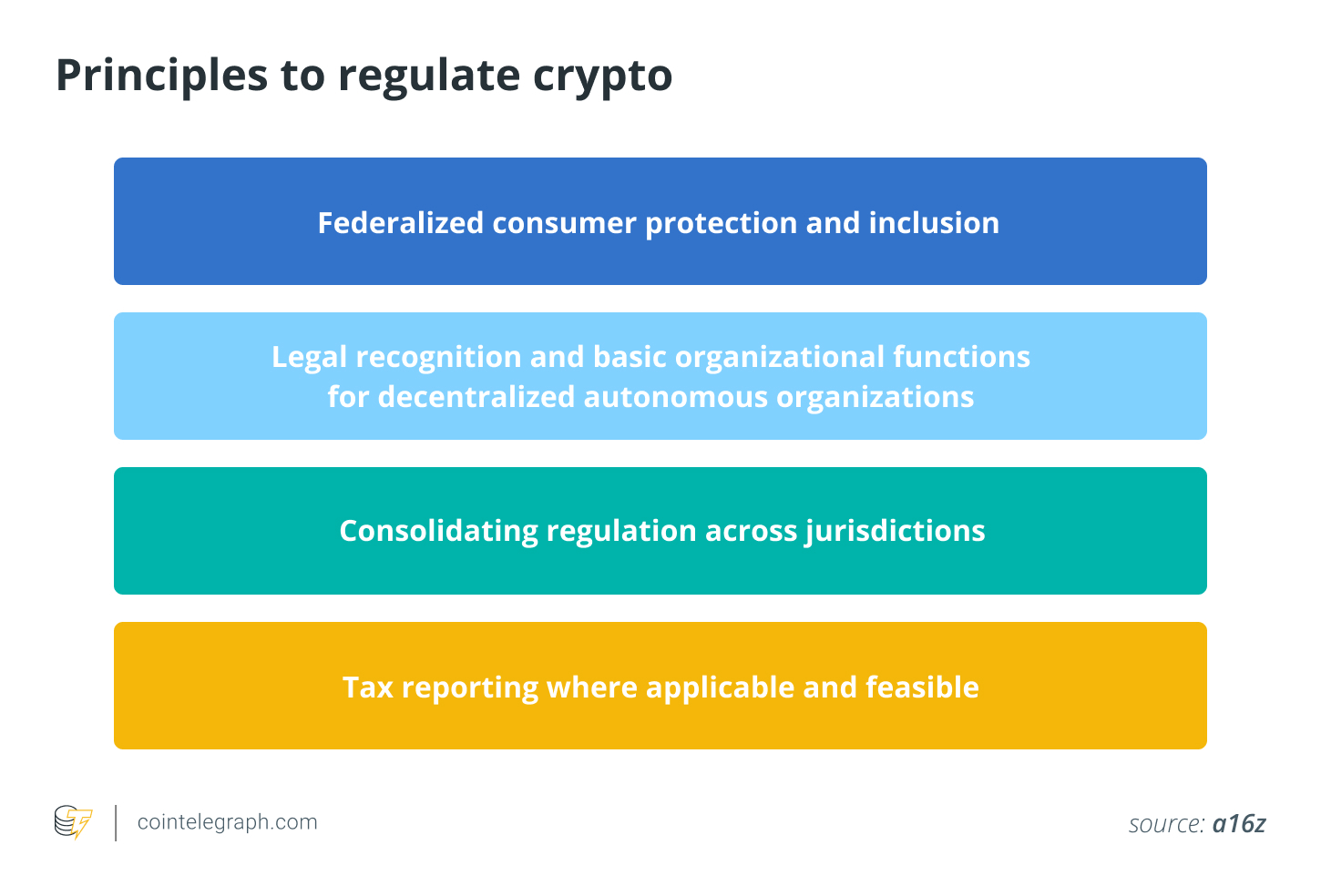The past few weeks have been interesting and have surfaced what we in the financial services industry call matters requiring attention, or MRAs. An MRA describes a practice that deviates from sound governance, internal controls and risk management principles. These matters that require attention have the potential to adversely affect the industry and increase the risk profile.
I have always focused on technology and innovation-led business models — systems and interconnected elements of blockchain-powered business networks — redefining the transaction systems that power many industries, including financial services. A growing number of naysayers have become vocal about recent events, which have revealed extensive mismanagement, ill-defined and misgoverned systems, and general misrepresentation of the industry. As a result, I want to take a systemic view of the industry to understand what led to this point, dissect the failings, and be prescriptive on how we can learn from failures and build upon successes.
Let’s first understand the market structure and what it means. That will help shed light on inefficiency in the current crypto market structure and allow me to make the case for a better-defined structure aimed at systemic fairness, robust information flow for risk profiles, and a convincing innovation narrative to revive the industry and instill confidence.
Understanding the current financial market structure
The modern financial market structure is essentially a chain of interconnected market participants that aid in accumulating capital and forming investment resources. These market participants have specific functions, such as asset custody, central bookkeeping, liquidity provisioning, clearing and settlement. Because of function, capital constraints or regulation, many of these entities are not vertically integrated, which prevents collusion or unilateral investment decisions. So, various products may be governed by different markets, but the fundamental financial primitives remain universal. For example, products such as stocks, bonds, futures, options and currencies all need to be traded, cleared and settled, and other functions such as collateralization, lending and borrowing ensue.
Financial markets work only where there is a supply of and demand for capital, and this is important. Today, the information between these interconnected participants is a function of sequential batched relay systems, and this asymmetric dissemination of information not only creates opacity but also inefficiency in terms of liquidity requirements, system trust costs in the form of fees and opportunity costs.
Blockchain and distributed ledger technology systems aim to solve these issues of time and trust with the characteristics of immutability and asymmetric dissemination of consistent information, which lends itself to trust and instant transaction processing. So, where did this go wrong? And why is the problem we were trying to solve becoming exponentially more complex and prevalent in crypto capital markets?
Related: Understanding the systemic shift from digitization to tokenization of financial services
The current state of market (un)structure — The history of the promise of crypto
The Bitcoin (BTC) system was proposed as an experiment born out of the global financial crisis as a prescriptive approach to rethinking our financial system, a reimagined order to organize the world community and reduce dependence on a few large hegemonic economies.

This system was proposed with tenets of decentralization to distribute power and trustless protocols to ensure that no single entity had absolute control of a monetary system. It relied on participation in the global creation, acceptance and recognition of a currency, where the rules of demand and supply applied to egalitarian principles.
Related: A new intro to Bitcoin: The 9-minute read that could change your life
Bitcoin helped envision a few financial systems to address the inefficiencies of the current system discussed previously. Ethereum introduced programmability to a simple asset transfer that Bitcoin introduced, adding business rules and other complex financial primitives for application to otherwise simple rules for moving value.
This began a reinvention of the internet, which was never designed to move value but only information. Subsequently, evolved layers of innovation, such as provisioning scalability and privacy (layer 2), were added, and the industry was humming along with the promise of a bright future. While we had naysayers, the crypto industry brought innovation with no apologies and began to shape a new wave of technological development to empower an ownership economy — very much in line with the participative and global egalitarian economic system promised by Bitcoin.

Many interesting projects evolved to solve problems as they popped up, and we could see a lot of innovative energy spread through the ecosystem with new use cases, applications and solutions for many problems resulting from lack of trust, costs and the exploitive opacity of data and information only monetizable by a few.
Related: Bitcoin’s Velvet Revolution: The overthrow of crony capitalism
This revolution also began to attract new talent from many industries, and many projects began to be socialized, which neither adhered to original envisioned principles nor added to technological innovation. They used the vernacular and the enthusiasm of the community, but in their structure was a centralized layer with challenges having the pitfalls of the current system but with the utility of a distributed ledger techonology-based transaction system. Some of these projects did offer financial product innovation by utilizing the same financial primitives, solving the issues of opacity, time, trust, liquidity, capital efficiency and risk, and promising egalitarian access, but they lacked the market structure and guardrails the current system provides.
Devising a new crypto capital market structure and convincing innovation narrative
Historically, crypto industry market changes have been grassroots, and then the changes are driven by entrepreneurs and the community. The industry will once again pivot and shift through these forces and emerge with a stronger foundation. For this to occur, however, the industry needs a sound market structure and systemic independence from current transactional systems. One industry imperative is not only to coexist with current market structures but also to provide a bridging vehicle to current asset classes. The following are a few imperatives I consider essential MRAs for stronger and more resilient markets.
Rethinking stablecoins
“Stablecoin” has many definitions and many types, so the industry should devote significant energy to rethinking stablecoins, or a truly fungible asset as a medium of exchange. Stablecoins have facilitated a large volume of digital asset trading and allowed for traditional fiat, or fungible sovereign, currency to be converted into digital assets, including crypto assets, and brought much-needed liquidity into the market. However, they also have inherited the challenges of fiat (as a reserve) and begun to provide linkages to and inherit the challenges (and opportunities) of traditional financial markets.

Besides the regulatory and compliance burden of fiat in a largely unregulated crypto financial system, the complexity of value systems can often cause issues in asset valuation and the risk matrix, making it hard for an emerging asset class to flourish and reach its full potential. I think the industry needs to view native crypto assets, such as BTC, Ether (ETH) and other ubiquitous crypto assets or a currency basket as fungible assets as a store of value, unit of account and medium of exchange — the three basic characteristics of a currency.
Provisioning robust crypto market data
Market data is a broad term that describes the financial information necessary for carrying out research, analyzing, trading and accounting for financial instruments of all asset classes on world markets. Crypto adds a new vector of challenge as a 24/7, 365-day operation with a velocity and veracity of data never seen before. This velocity and data capacity have led to analytic challenges in data collection, aggregation, modeling and insights. So, data is information that goes into the price/value/risk calculus and consideration of other macro factors such as inflation, money supply and global events that impact commodities, and essentially makes a market efficient or aims to.
Regulatory moats exist to prevent some participants from taking advantage of information asymmetry, such as insider trading. Crypto market data will bridge the gap between price (what you pay) and value (what you get). This should not only be an imperative for all new layer-1 projects but also for all projects providing financialization of token as a service.
Related: The meaningful shift from Bitcoin maximalism to Bitcoin realism
Creation of a crypto self-regulatory organization
It is important to create a self-regulatory organization (SRO) involving dominant industry players and major layer-1 protocols, which has the power to create industry standards, professional conduct guidelines and regulations to steer the industry in the right direction.

SROs are generally effective due to domain expertise and preserving the interest and reputation of the industry by providing guidelines and guardrails for new entrants and existing participants alike. Enforcement and violation can come through broader education and appeals to the community that supports a project, and this can be especially effective around robust crypto market data that provides insights into transparent data and the correlation of activities across the industry on related projects and related markets. This will also help the industry (by segments) to educate itself, work with regulators and policymakers, and forge partnerships.
Decoupling crypto
Decoupling is essential for the crypto industry to provide both diversity in the investment landscape and a model for efficient and resilient asset classes, transaction systems and an effective market structure. As we have seen with stablecoins, which inherit elements of global macro strategy and increased correlation, rethinking the industry’s ability to create value on its own merits and a new fundamental model that will not only create a convincing innovation narrative but also provide the markets a new independent asset class with sound fundamentals. This also is aligned with the fundamental principle that led to the genesis of Bitcoin-led crypto innovations. Decoupling in scientific terms also refers to reducing the number of resources used to generate economic growth while decreasing environmental deterioration and ecological scarcity.
Related: The decoupling manifesto: Mapping the next phase of the crypto journey
Looking forward
A modern financial market structure is essentially a chain of interconnected market participants that aid in accumulating capital and forming investment resources. The industry needs a sound market structure and systemic independence from current transactional systems. One of the industry imperatives is not only to coexist with current market structures but also to provide a bridging vehicle to current asset classes.
Earlier, I discussed several MRAs that are essential for stronger and more resilient markets. The changes proposed to fix the volatile and runaway nature of the industry include (but are not limited to): a) rethinking stablecoins and liquidity, b) robust crypto market data for efficient market functioning, c) creation of a crypto self-regulated organization and enforcement via community actions, and d) decoupling crypto — essentially rethinking the industry’s ability to create value on its own merits and a new fundamental model that will not only create a convincing innovation narrative but also provide the markets a new independent asset class with sound fundamentals.
This article does not contain investment advice or recommendations. Every investment and trading move involves risk, and readers should conduct their own research when making a decision.
The views, thoughts and opinions expressed here are the author’s alone and do not necessarily reflect or represent the views and opinions of Cryptox.
Nitin Gaur has recently joined State Street Digital as its managing director, where he leads digital asset and technology design, with aspirations to transition part of the company’s financial market infrastructure and its clients to the new digital economy. In a previous role, Nitin, served as the founder and director of IBM Digital Asset Labs — committed to devising industry standards, use cases and working toward making blockchain for enterprise a reality. In parallel, Nitin also served as chief technology officer of IBM World Wire — a cross-border payment solution utilizing digital assets. Nitin also founded IBM Blockchain Labs and led the effort in establishing blockchain practice for the enterprise.




